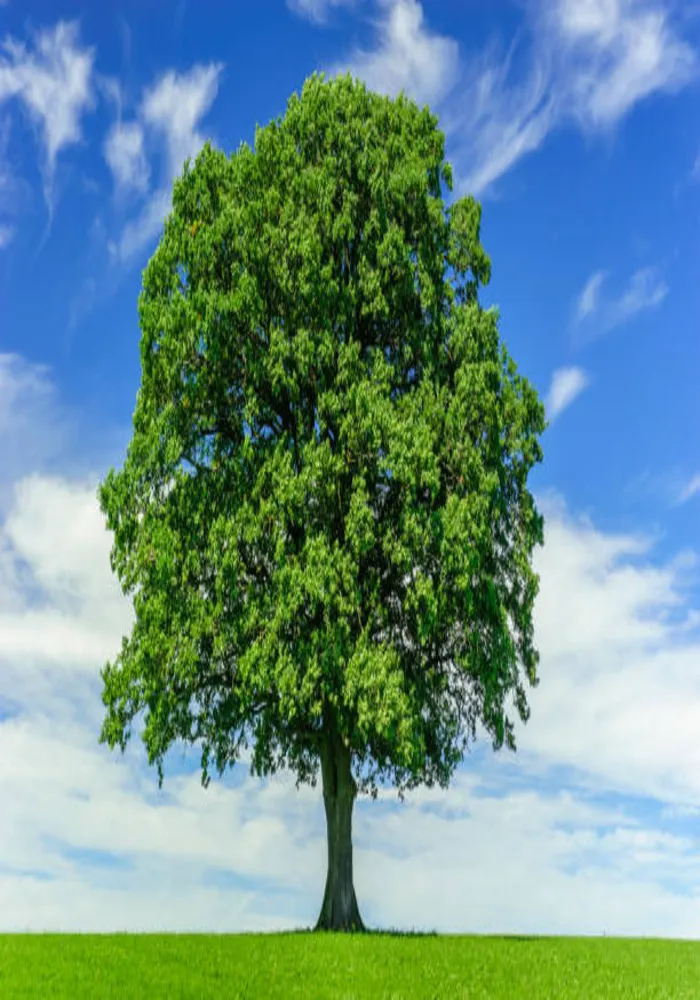You might think a single tree won’t change much, but actually, one tree can spark many wonderful changes in a neighbourhood. From cool shade to cleaner air, happier homes, and strong communities — let’s explore how planting just one tree can transform a place.
1. Clean Air & Cooler Days
Trees breathe too! Through a process called photosynthesis, trees take in carbon dioxide (CO₂) — a gas we humans produce — and release oxygen, which helps us breathe better. They also capture dust and pollutants from the air.
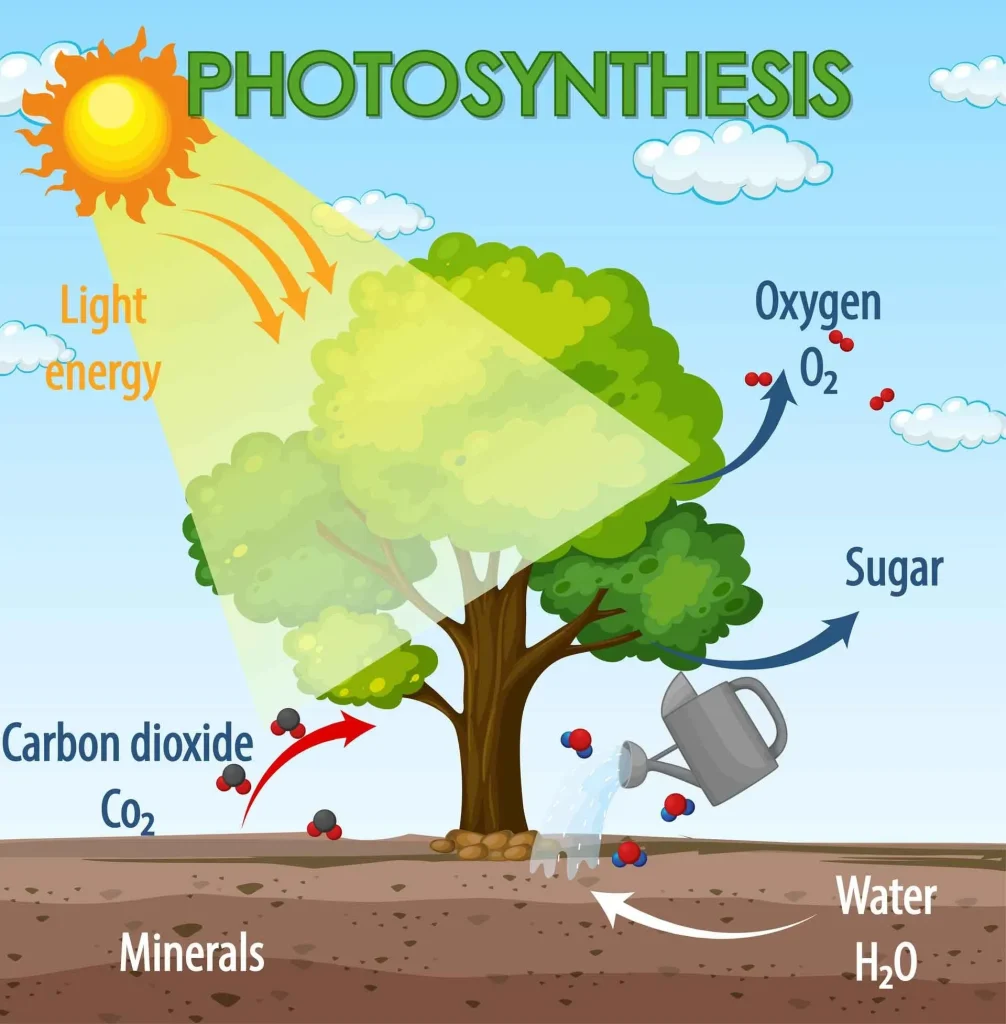
On hot sunny days, a single tree can provide shade, lowering the ground and building temperatures around it. That helps houses stay cooler, and people feel more comfortable outdoors.
2. Saving Water & Reducing Floods
Trees act like sponges. When it rains, their leaves, branches, and roots slow down how fast water reaches the ground. This gives the earth time to absorb water, reducing the risk of flooding.
Roots dig deep underground and hold soil in place. Without trees, heavy rains might wash soil away, causing landslides or muddy messes in neighbourhoods.
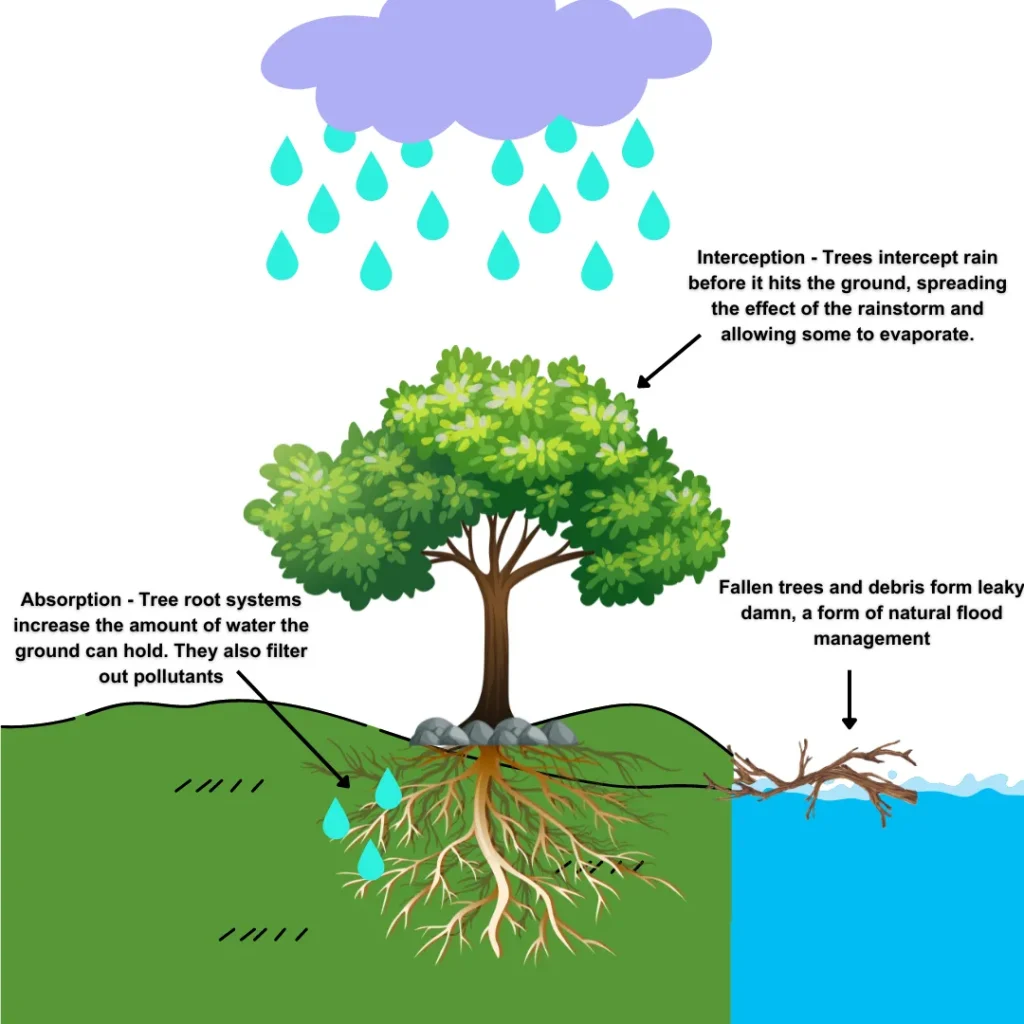
3. Homes for Animals & Insects
Even a single tree can harbour life! Birds may nest in its branches, squirrels might visit, insects can find food and shelter, and bees may collect nectar.
When neighbourhoods have more trees, the area becomes rich in biodiversity — that means many kinds of animals can live there. It makes life more interesting and magical for everyone.
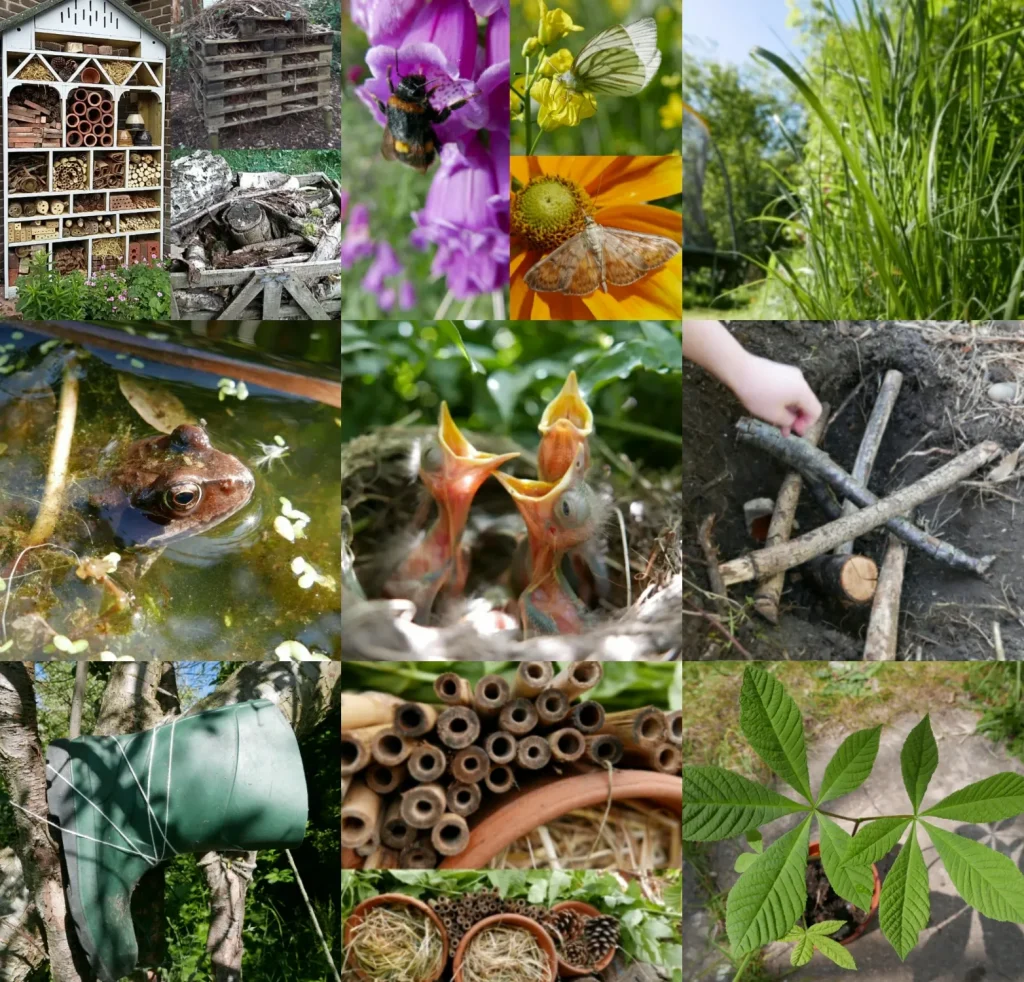
4. Better Health & Happy Minds
Being near trees and nature is good for your mood. Scientists have found that green surroundings help reduce stress, calm minds, and make people feel happier.
Children who walk past trees to school often feel more relaxed. Trees also reduce noise from traffic by acting as barriers. Imagine hearing birds chirp instead of car horns!
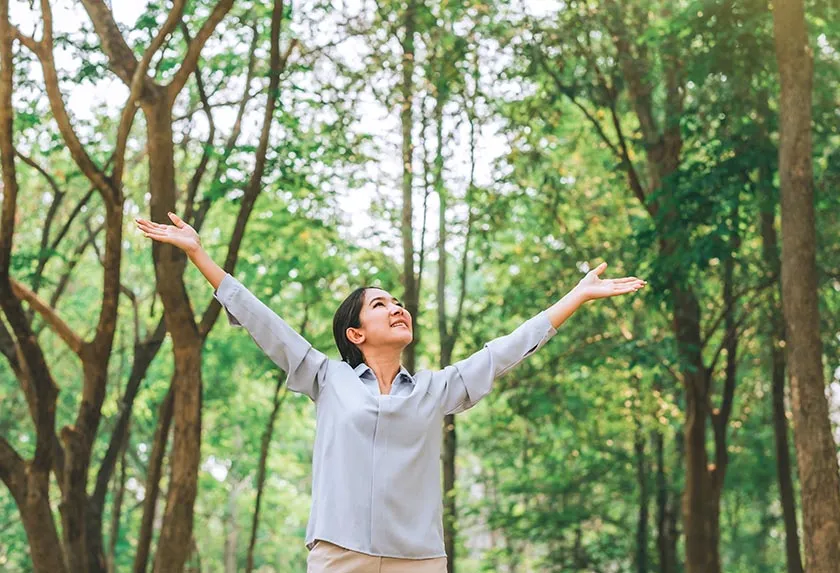
5. Beautifying the Neighbourhood
A single tree adds beauty — green leaves, lovely shapes, blossoms, colourful autumn leaves. It can make a street look more welcoming and charming.
When people see it, they feel proud of their area. Neighbourhoods with trees tend to be nicer places to live, walk, and play.
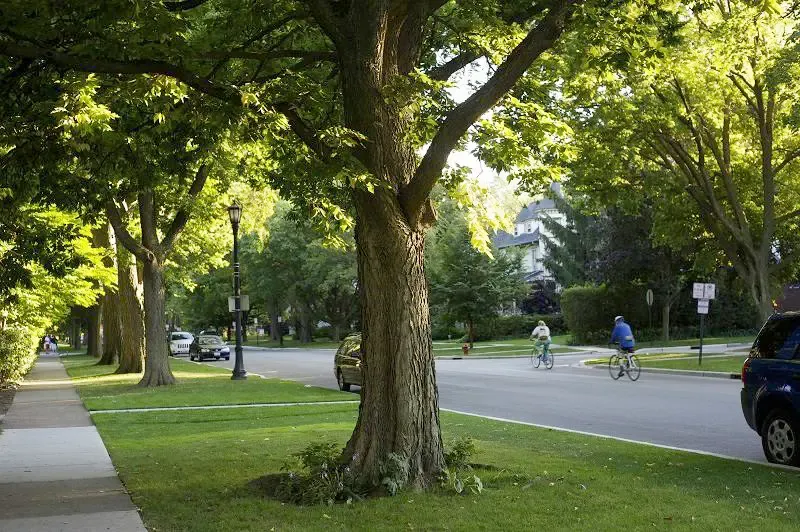
6. Bringing People Together
Planting and caring for a tree is a community activity. Neighbours may come together to dig, water, and protect it. Over time, that brings people closer, fosters friendship, and builds a sense of belonging.
When people see a tree grow over years, they feel connected — “I planted that!”, “I watered it!”, “I watched it change.” That is powerful.
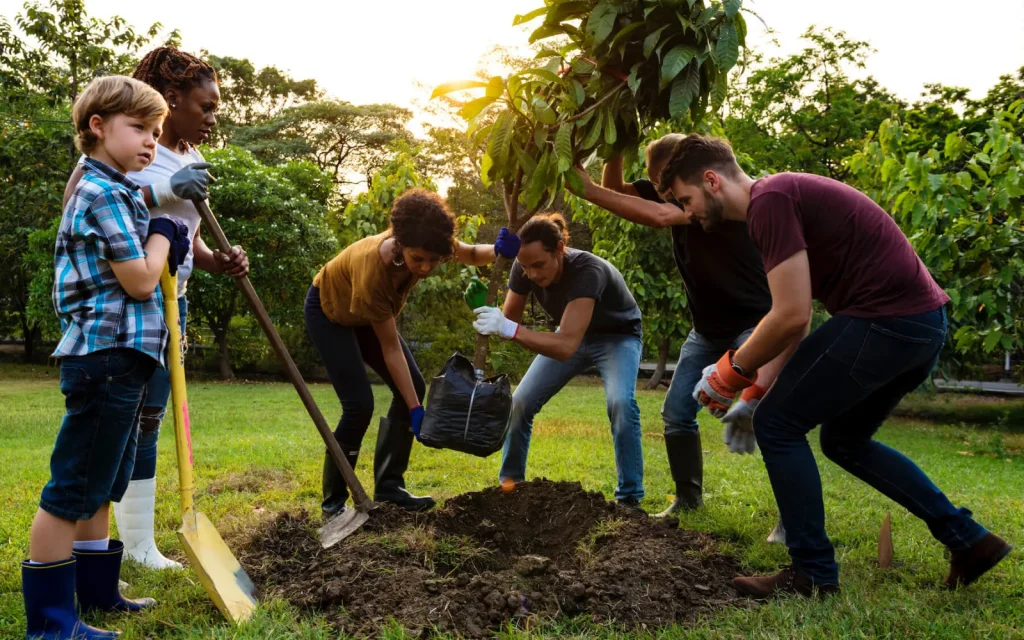
7. Inspiration for More Trees
Once one tree is planted and its benefits seen, more people often get inspired. A single tree can motivate others to plant more. Soon, one becomes many, shaping an entire green corridor in the neighbourhood.
This idea is part of broader efforts like urban reforestation, social forestry, and urban forestry — where communities aim to bring trees into cities and towns.
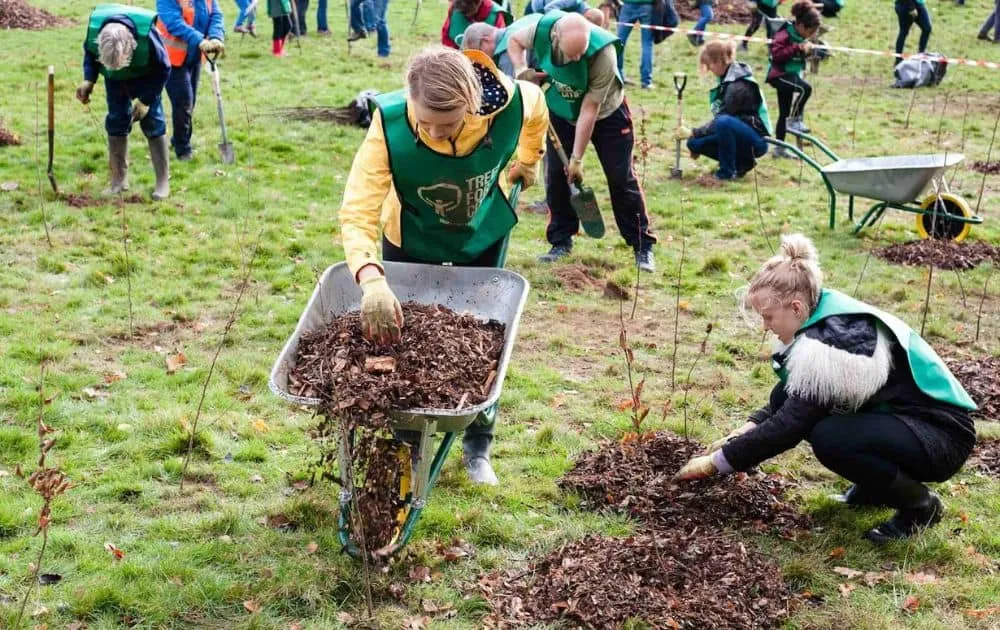
Connections from Nature & Science
- Urban reforestation: Planting trees in cities to restore green areas.
- Social forestry: Involving local people in planting and managing forests or trees, especially in rural or semi-urban zones.
- Forest management & reforestation: Looking after forests so they stay healthy—and when trees are removed, planting new ones to replace them.
- Deforestation & climate change: Cutting down forests leads to more CO₂ in the air, warming the planet. One tree fights against that.
- Tree planting & tree rearrangement: Deciding which species to plant and where, so trees thrive best in a neighbourhood.
By planting one tree, a community joins these bigger ideas in caring for Earth.
A Story: “The Street with One New Tree”
Imagine a quiet street of houses in a hot area. One family plants a tree near the pavement in front of their home. At first, it’s a small sapling. People notice it:
- The family next door waters it and begins planting flowers
- Kids and neighbours sit under its growing shade in summer
- Birds begin visiting
- The street feels cooler, more welcoming
- Others plant saplings on their side
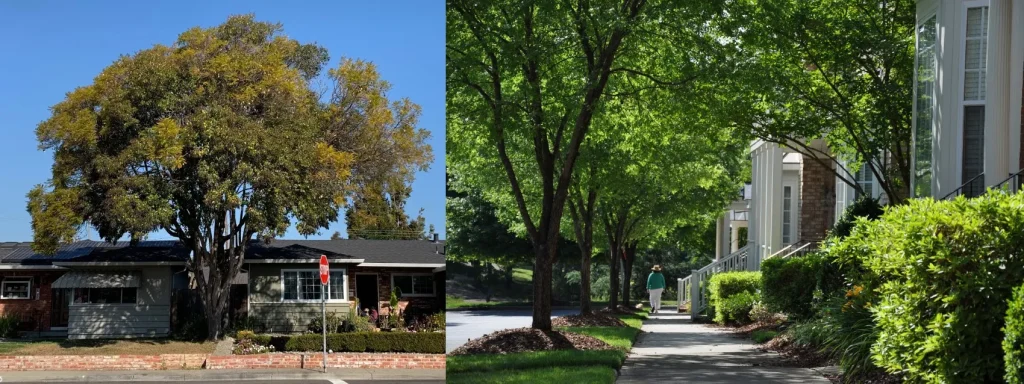
After a few years, the street turns into a shady, green corridor. Cars slow down, children play outside, and neighbours greet each other. That one tree started a quiet, beautiful change.
Challenges & How to Overcome Them
Of course, not every tree succeeds easily. There are challenges:
- Choosing the right species: Some trees don’t grow well in certain soils or climates.
- Watering & care: Young trees need regular watering, protection from animals, and pruning.
- Space & infrastructure: Roots may affect pavements or pipes if planted too close.
- Support: Everyone in the neighbourhood must agree to protect the tree.
But with planning, choosing native species, and working together, these challenges can be solved.
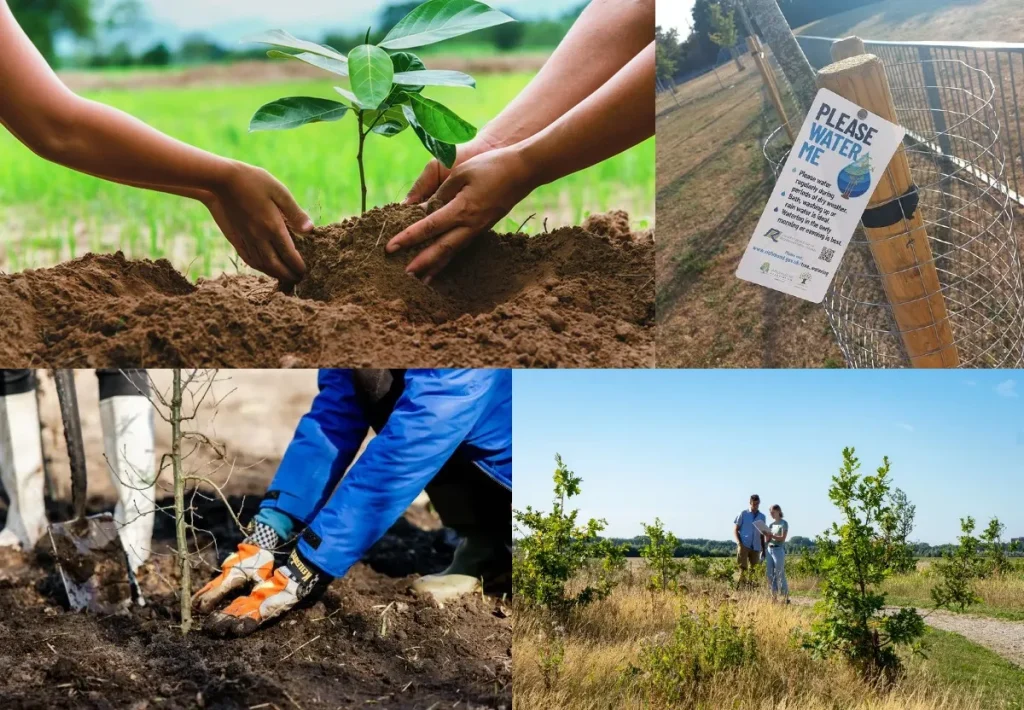
What Kids Can Do
You don’t need to wait — kids can help start change today!
- Ask your school or local community to plant trees
- Help water, weed, or protect a young tree
- Learn what tree species are native to your region
- Talk to neighbours about planting trees
- Create awareness: posters, drawings, talks
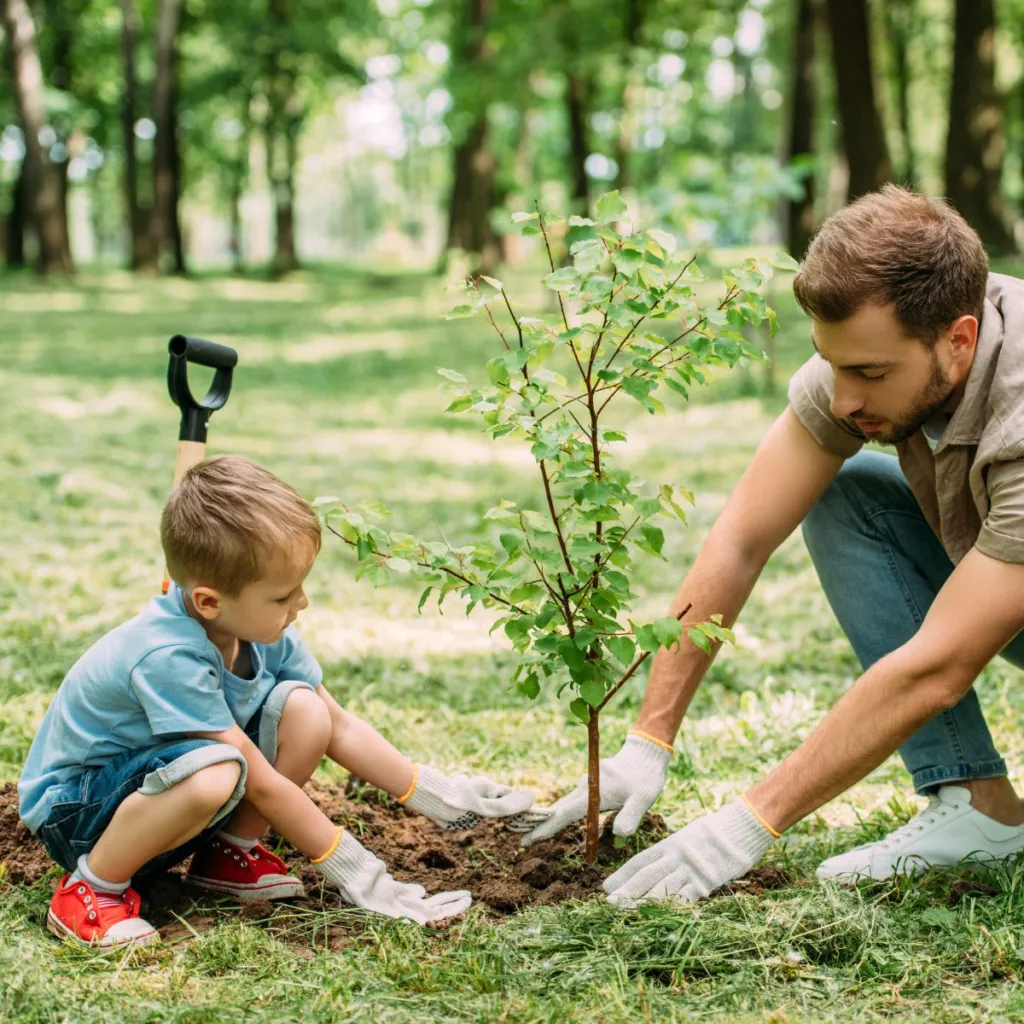
Even in small spaces, like gardens, school grounds, or pavements, one tree can grow and make a difference.
Final Thoughts
A single tree is more than wood, leaves, and roots. It is life, breath, shade, beauty, and community. It connects people and nature, fights climate change, and makes neighbourhoods happier, healthier, friendlier.
So, the next time you see a sapling or tree in your street, remember: that tree is already doing big work. And maybe you can be part of its story.
For more interesting articles, please visit www.kidzherald.com

